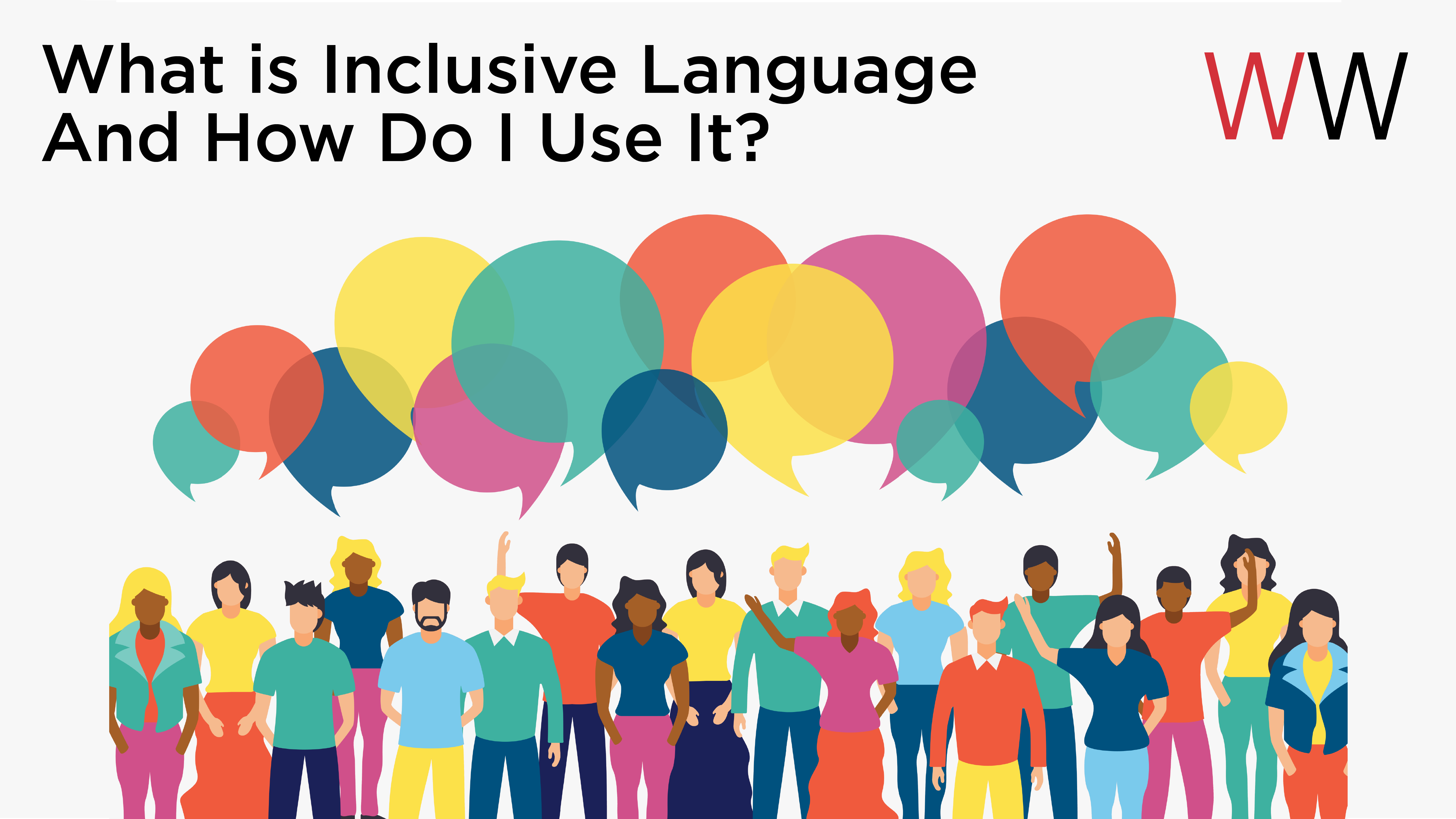By: Abby Sklencar
In our current society, inclusive language has become more important than ever. In workplaces, schools and everyday life, many have taken the initiative to learn about inclusive language, as well as educate others. This ensures respect when speaking to and about others. It is extremely beneficial and imminent that schools and workplaces add educational materials on inclusive language into their agenda to create an environment where all feel welcome.
So, what is inclusive language? Inclusive language is language that aims to avoid offense and fulfill the ideals of equality by avoiding expressions that express or imply ideas that are sexist, racist, or otherwise biased, prejudiced or denigrating to any particular group of people. Using inclusive language shows awareness of the values of different perspectives, identities and ideas.
When implementing inclusive language into one’s daily vocabulary, it can be overwhelming to start. because there are many ways to make language inclusive. We will review some of these categories.
Gender and sexuality
It is important to make language as gender-neutral and inclusive as possible. If unsure of an individual’s gender, use “they” or “them” pronouns instead of “he” or “she.” Avoid guessing someone’s gender identity, sex or sexual orientation. When in doubt, ask the person how they identify and what terms/pronouns they prefer.
Use “different sex” instead of “opposite sex” (because this recognizes gender as a spectrum, rather than a binary). Avoid “guys” as a way to refer to mixed-gender groups. Don’t make assumptions about marital or family relationships (for example, use “spouse” or “partner” instead of “husband” and “wife;” use “parent” instead of “mother” and “father”).
Race, ethnicity, and religion
Even if they appear to be positive, avoid using words, images, or situations that reinforce racial, ethnic or religious stereotypes. Avoid terms that treat white-ness as a default (for example, “non-white”).
Just like with gender and sexuality, do not assume how an individual identifies themselves. There are many complexities within racial, ethnic and religious identities (for example, many nationalities and ethnicities include various religious practices and traditions).
Use adjectives, not nouns when referring to a person’s race or ethnicity (for example, a “Hispanic person,” not a “Hispanic”).
Nationality
Avoid using citizen as a default term for people who live in the United States. Many government programs serve non-citizens and those with a variety of immigration and visa statuses. Use “citizens” for information related to U.S. citizenship, for example, when describing those who are eligible to vote in elections.
When referring to the public, inclusive language is largely dependent on context. Use “people,” “the public,” “users” or “folks.” Exercise caution when using “Americans” or “the American public.” These terms are ambiguous and are often used as synonyms for “citizens.” Most of the time, “the public” is clear and more inclusive. That being said, referring to “Americans” or “the American people” can be useful if you want to inspire readers or take a more patriotic tone.
Ability and disability
Every person is a whole person, no matter how they interact with the world. What they need to do and what tools they use should be focused on. Avoid making assumptions as well. If an individual’s situation, medical condition, illness or injury is relevant, be specific and avoid inserting value judgments (for example, use “has multiple sclerosis,” not “suffers from”).
Avoid describing people as “disabled,” “handicapped,” or “confined to a wheelchair.” Also avoid using terms the contribute to stigmas surrounding disability or mental illness (for example, “crazy,” “dumb,” “lame,” “insane,” “psycho,” etc.). Additionally, do not use terms that contribute to stigmas surrounding sensory disabilities (for example, “blind spot,” or “tone deaf”).
Age
Avoid referring to an individual’s age unless it is relevant. Do not use insults to women as a comparison for a “novice” or “beginner” (for example, don’t say something is “so simple your mother can use it”). Use “older person” or “senior” instead of “elderly” when speaking of someone of older age.
Phrases
It can often be challenging at first to adjust to using inclusive language, but there are many phrases suggested by the National LGBT Health Education Center that one can use in order to make others feel comfortable and respected.
- “How may I help you today?” (instead of tacking on sir or ma’am)
- “What pronouns do you use?”
- “What is your preferred name?”
- “We ask all of our patients these questions because they are important for healthcare. However, you do not need to answer. If you would like to discuss this more, I would welcome your questions.”
- “I’m sorry. I didn’t mean to be disrespectful. What terms are you comfortable with?”
While this information was only a snapshot of the terms and practices that come with implementing inclusive language into everyday life, it is important to continue to research and educate ourselves on our own. For more information, check out these resources:
Inclusive Language Promotes Equity: The Power of Words
70 Inclusive Language Principles That Will Make You a More Successful Recruiter



